The tech-driven BMW X5 demonstrates diesel in its best light

What exactly is a Sports Utility Vehicle and is it conceivably relevant in today’s world? New car buyers seem to think so, the plusher the better; in the UK, the market for luxury SUVs rose by a fifth last year against an overall downturn in car sales. The esoteric blend of ‘sports’ and ‘utility’ continues to enthral those wedded to the idea that a car should be a Swiss Army knife, capable of literally any conceivable scenario. The cliché is that such big, capable cars inevitably spend their lives schlepping around cities, not towing trailers, fording rivers or traversing continents.
The BMW X5 is a prime example. The original was one of the first premium SUVs, developed back in the late 1990s when BMW had access to the parts and expertise of one its subsidiaries, a small company called Rover. The X5 didn’t exactly tread on the Range Rover’s toes, although it borrowed a fair bit of its ethos; in the long run it has probably helped it by bolstering the SUV’s solidly upmarket image. This is the fourth generation X5, launched late in 2018, and expected to add to the 2.2m already sold. In every sense, it is bigger and plusher than before and although the requisite off-road hardware is installed, the X5 is pitched firmly at the open road.

It’s also a diesel (petrol is also available, and there’ll eventually be a hybrid). As the next decade looms, a consensus seems to be emerging; diesel is a fuel best-suited for agriculture and industry, not for city-bound passenger cars. Emissions testing scandals, the rampant problem of urban pollution and the ever-increasing efficiency of electric vehicles is pushing this century-old technology into a corner. Sales are falling, public and political opinion is swinging. Ironically, the modern auto diesel engine is as clean and efficient as it has ever been, but it is a beast of some complexity. Most large modern diesel engines are still far more efficient than their petrol counterparts, but the downside is the maintenance required to keep a lid on emissions.
RELATED STORY

Straight out of the box, then, the X5 30d would appear to face many challenges. It also has to be reported that it is not a thing of beauty. BMW’s signature kidney grille is currently on a quest for world domination, growing in size with each new model, while the scalloped sides and angular vents also do little to disguise the car’s size, but the upside is that the interior is spacious, bright and filled with mature, easy-to-use technology.
BMW pioneered modern interface design and it’s fitting that the X5 should have one of the best. A full suite of digital instruments is supplemented by a comprehensive head up display, with touchscreen and gesture control thrown in for good measure. The car also carries the latest set of BMW’s semi-autonomous driving assistance systems, which supplement cruise control and make motorway driving a breeze with the engine humming along near silently in the background.
The Traffic Jam Assistant is designed to take the stress out of bumper to bumper ‘driving’ by delegating low speed stop, start and follow driving. Finally, and thankfully, given its size, the X5 is festooned with cameras and sensors, turning parking into a multi-shot cinematic adventure.
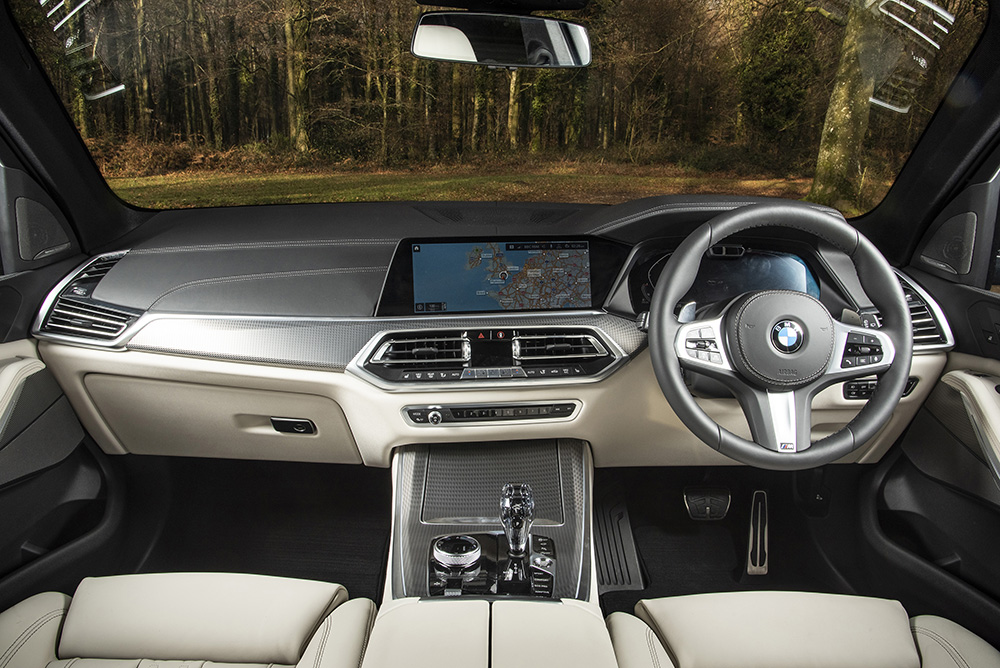
This combination of technology, space and comfort does wonders for the X5, as well as demonstrating diesel in its very best light. Coming very soon is the even larger X7, as well as a revised 7-Series. Will they simply be more of the same? For although the X5 is a long-distance cruiser of exceptional poise, its abilities will need to be repackaged in a far more innovative way for the next generation automobile to truly arrive.

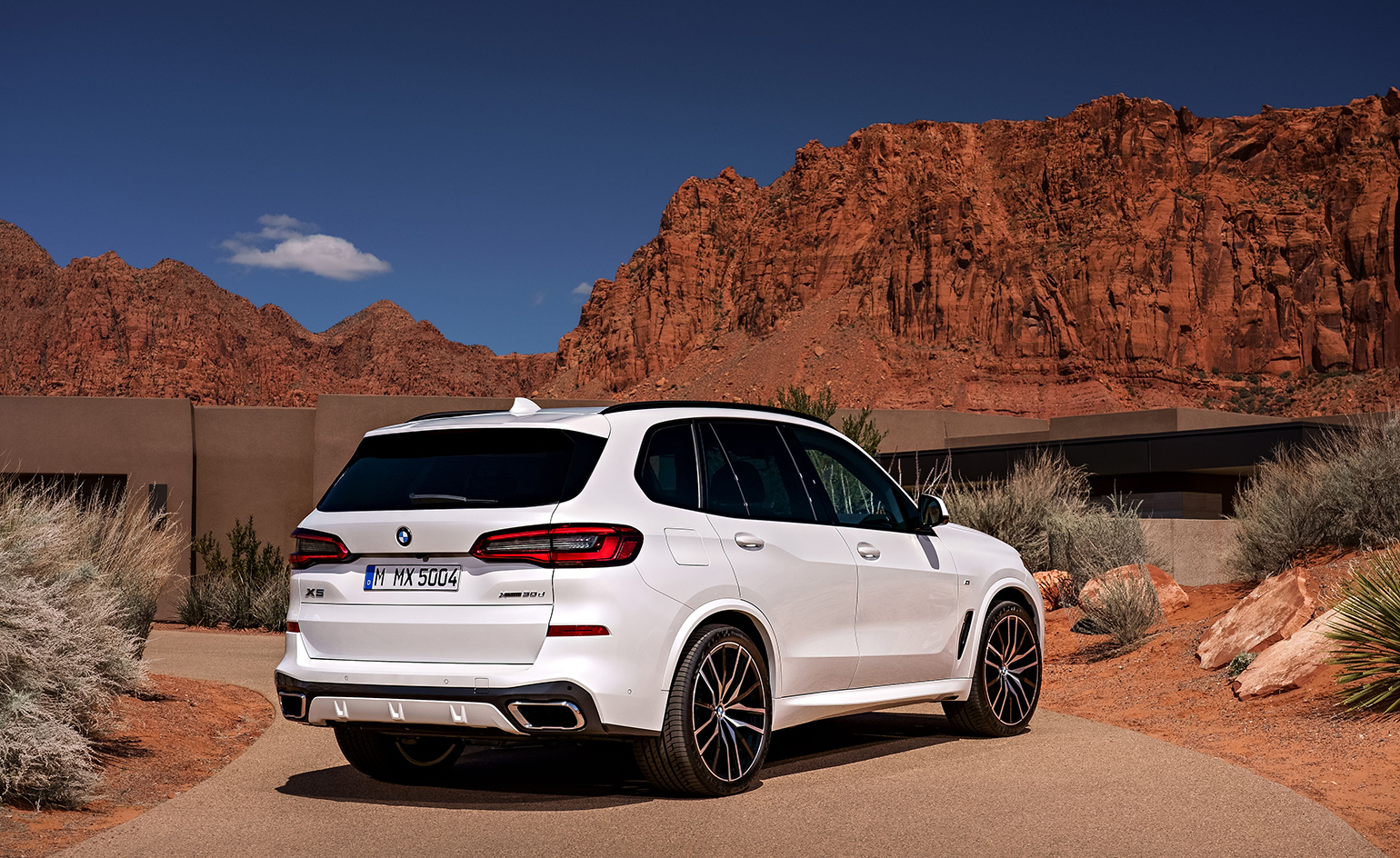

INFORMATION
BMW X5, from £57,495. For more information, visit the BMW website
Receive our daily digest of inspiration, escapism and design stories from around the world direct to your inbox.
Jonathan Bell has written for Wallpaper* magazine since 1999, covering everything from architecture and transport design to books, tech and graphic design. He is now the magazine’s Transport and Technology Editor. Jonathan has written and edited 15 books, including Concept Car Design, 21st Century House, and The New Modern House. He is also the host of Wallpaper’s first podcast.
-
 The Bombardier Global 8000 flies faster and higher to make the most of your time in the air
The Bombardier Global 8000 flies faster and higher to make the most of your time in the airA wellness machine with wings: Bombardier’s new Global 8000 isn’t quite a spa in the sky, but the Canadian manufacturer reckons its flagship business jet will give your health a boost
-
 A former fisherman’s cottage in Brittany is transformed by a new timber extension
A former fisherman’s cottage in Brittany is transformed by a new timber extensionParis-based architects A-platz have woven new elements into the stone fabric of this traditional Breton cottage
-
 New York's members-only boom shows no sign of stopping – and it's about to get even more niche
New York's members-only boom shows no sign of stopping – and it's about to get even more nicheFrom bathing clubs to listening bars, gatekeeping is back in a big way. Here's what's driving the wave of exclusivity
-
 All the new electric cars and concepts revealed at Munich’s IAA Mobility 2025
All the new electric cars and concepts revealed at Munich’s IAA Mobility 2025Munich’s alternative motorshow is now in its third iteration, combining a traditional exhibition space with a conference and large-scale public activations on the streets of the city
-
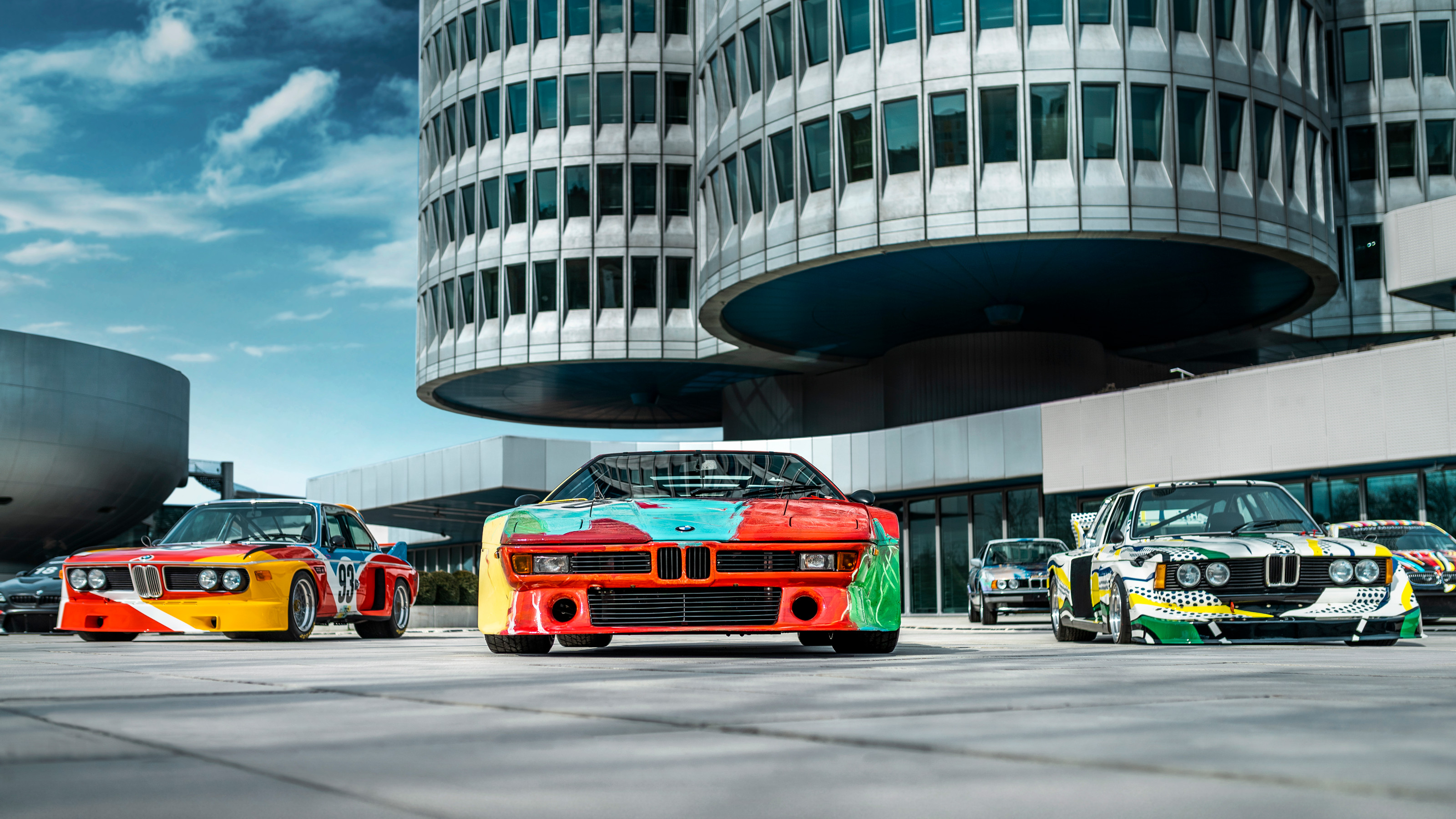 BMW celebrates half a century of its pioneering Art Car project with exhibitions and more
BMW celebrates half a century of its pioneering Art Car project with exhibitions and moreWe present a portfolio of the artists who have contributed to 50 years of BMW Art Cars, including Andy Warhol, John Baldessari, Jenny Holzer and David Hockney
-
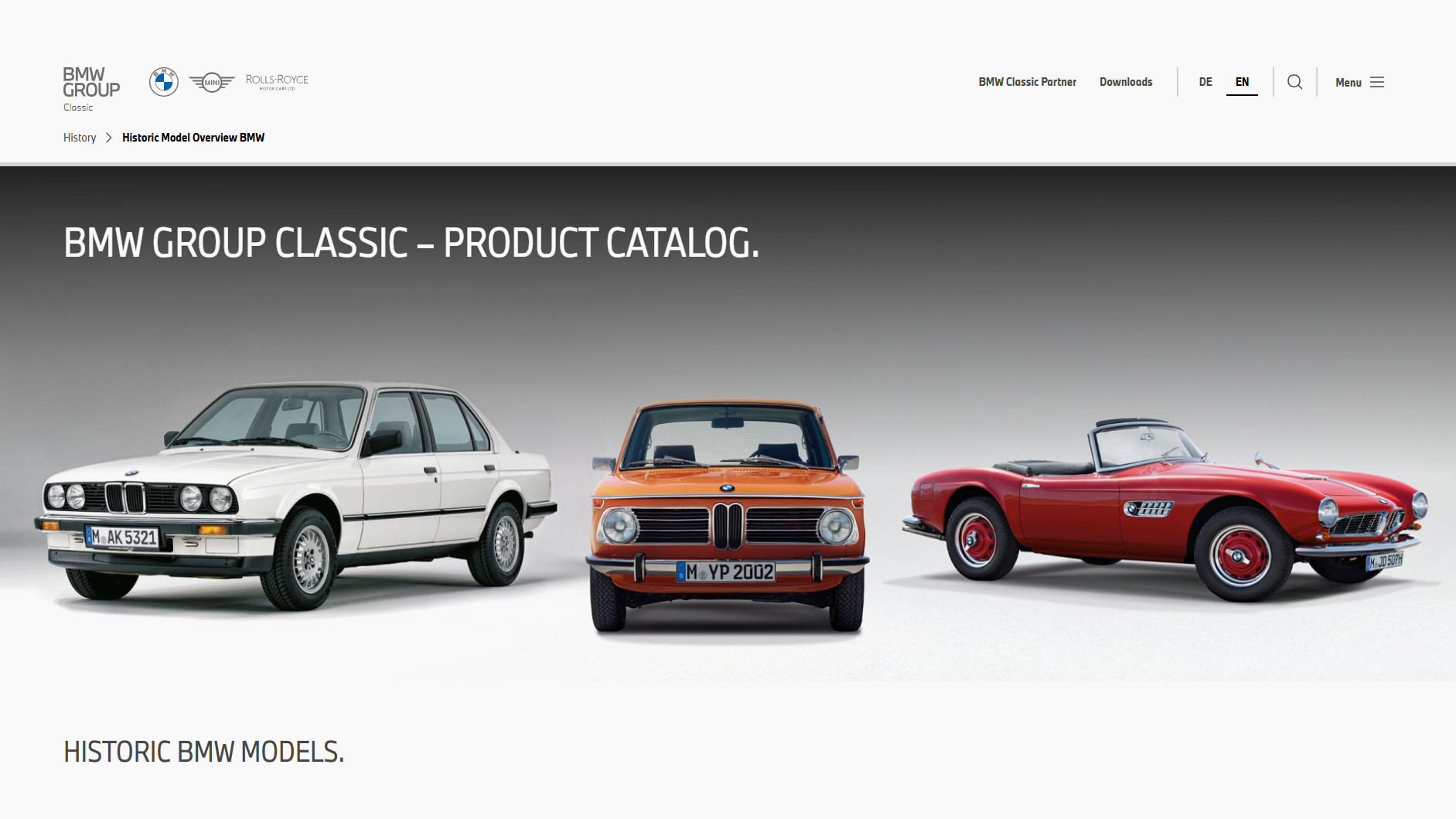 Peruse the new BMW Group Archive to explore the evolution of BMW design over the decades
Peruse the new BMW Group Archive to explore the evolution of BMW design over the decadesFor lovers of the marque, BMW’s commitment to online archiving is second to none. The latest website from the Bavarian manufacturer is this extensive visual catalogue of 80 years’ worth of BMW design
-
 The top 10 concept cars of 2024, as selected by Wallpaper’s Transport Editor
The top 10 concept cars of 2024, as selected by Wallpaper’s Transport EditorWe round up our favourite forays into futuristic design with this collection of concepts and design studies showcasing the transport of tomorrow
-
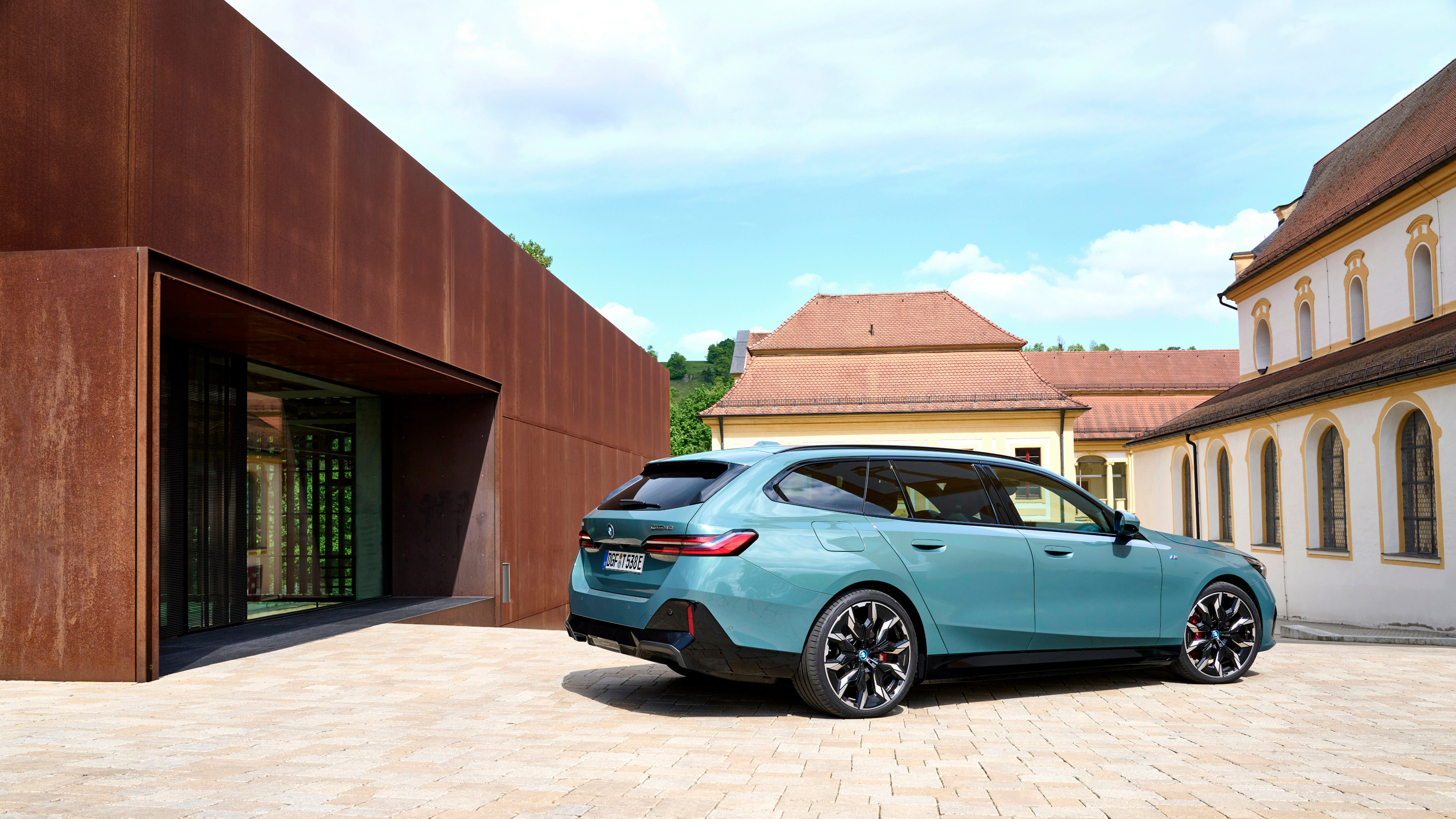 New BMW i5 Touring is an all-electric tech powerhouse that brings the noise
New BMW i5 Touring is an all-electric tech powerhouse that brings the noiseBMW has thrown its considerable expertise into making the i5 eDrive40 M Sport Pro Touring the ultimate zero-emission all-rounder. Jonathan Bell tries it out
-
 BMW’s limited-edition Skytop roadster draws on the past. Could it also predict the future?
BMW’s limited-edition Skytop roadster draws on the past. Could it also predict the future?Just 50 examples of the BMW Skytop are being built, and they’ve all been spoken for. We examine whether this classically styled machine is a harbinger of aesthetic change
-
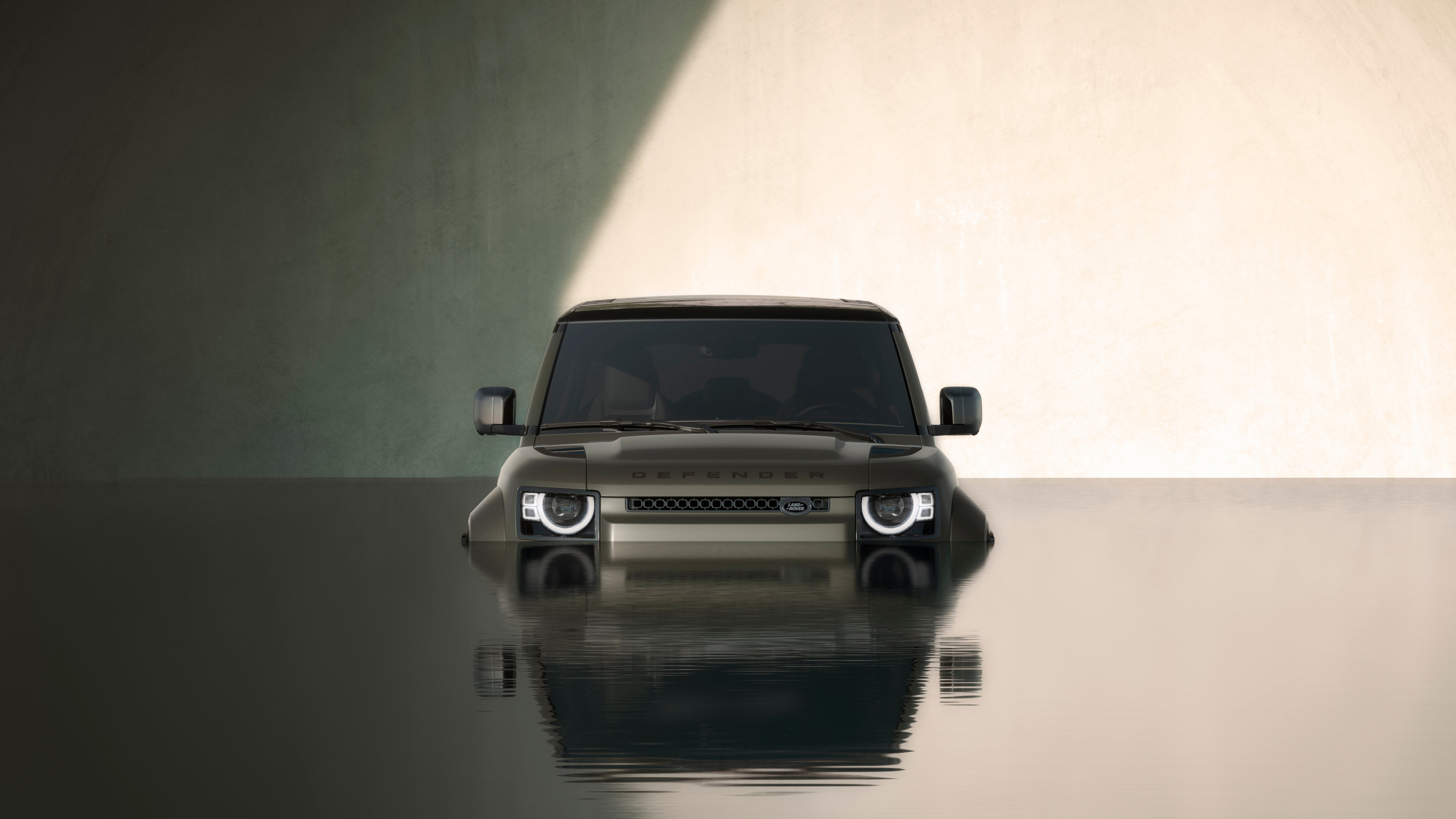 The 2024 Goodwood Festival of Speed hosted a wealth of auto innovation, from hypercars to hot hatches
The 2024 Goodwood Festival of Speed hosted a wealth of auto innovation, from hypercars to hot hatchesThe best new SUVs, EVs, hatchbacks and supercars to emerge from the 2024 Goodwood Festival of Speed
-
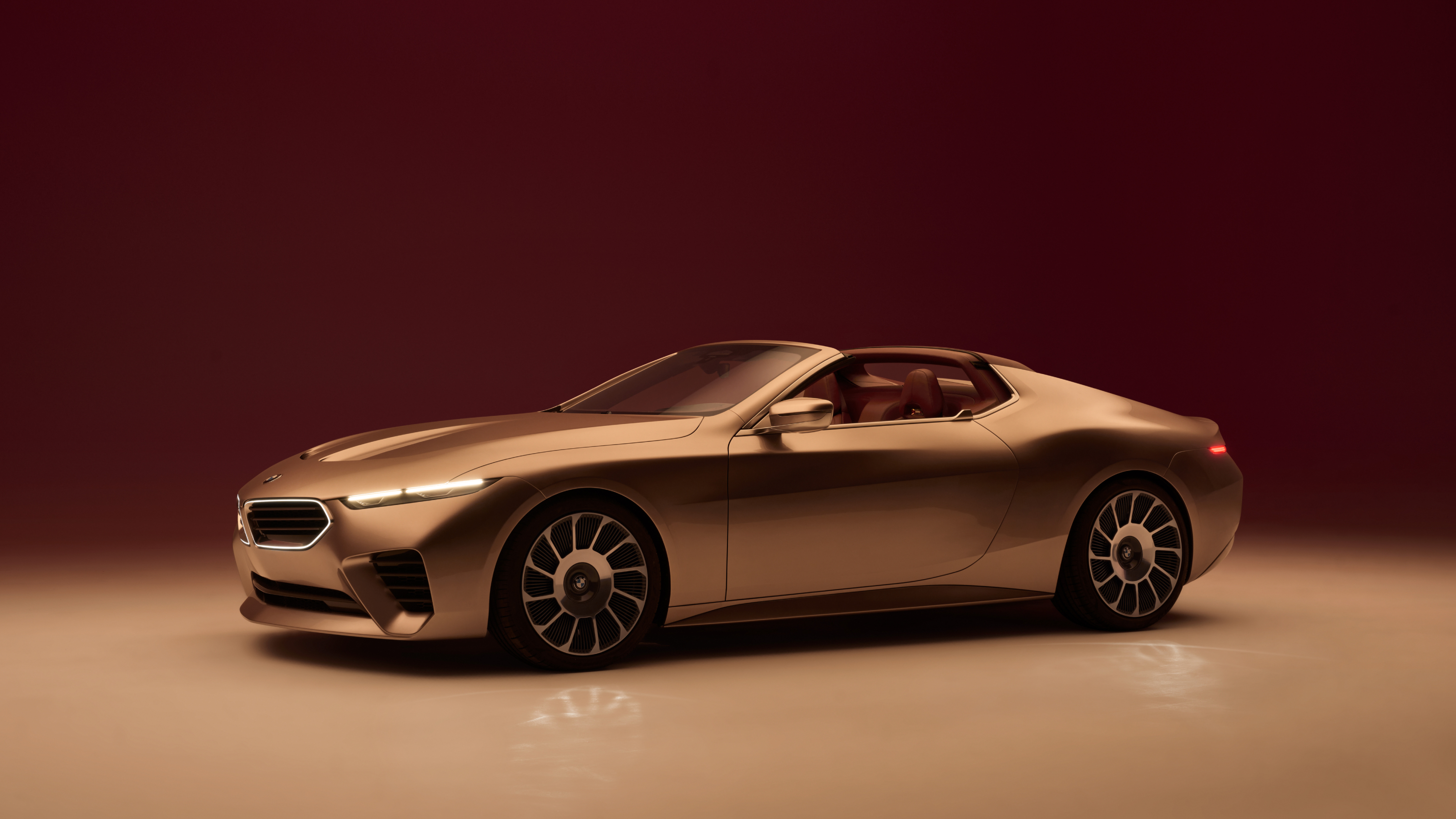 The Concept Mercedes-AMG PureSpeed and BMW Concept Skytop offer drop-top dreams
The Concept Mercedes-AMG PureSpeed and BMW Concept Skytop offer drop-top dreamsBMW and Mercedes-AMG open up with two new convertible concepts, one pitched at performance, the other at the spirit of the good life